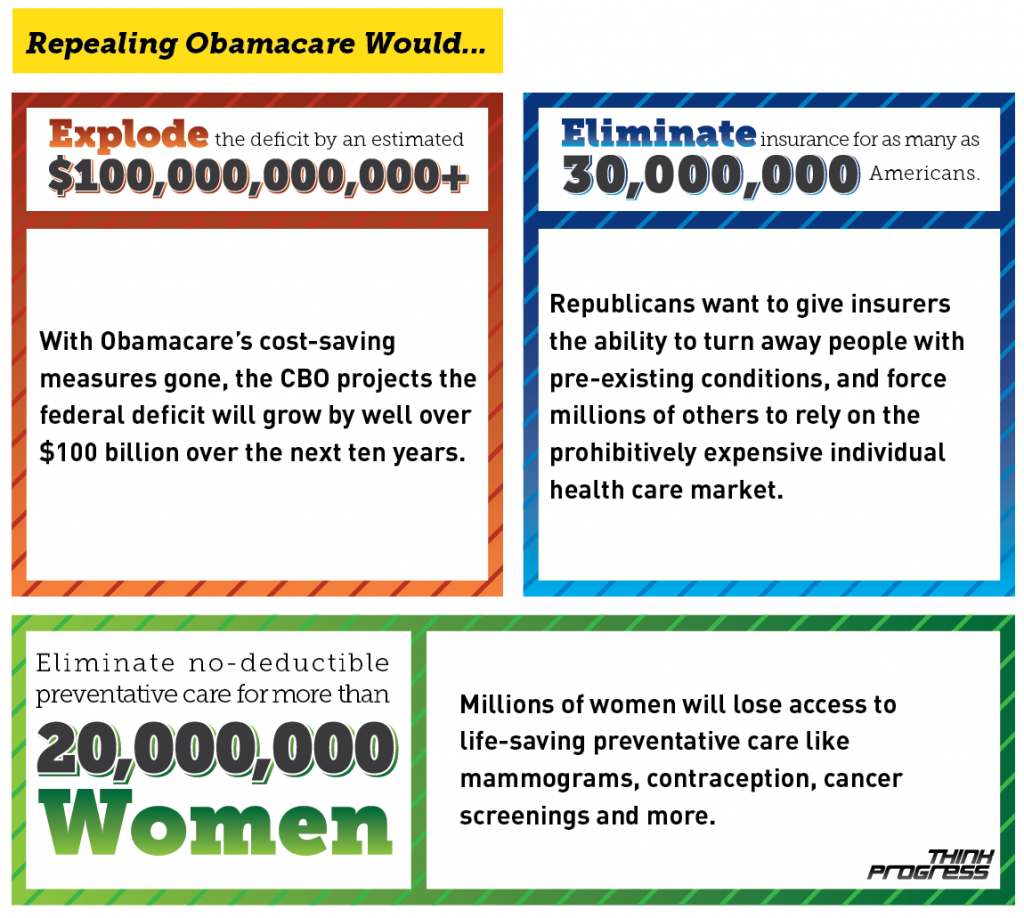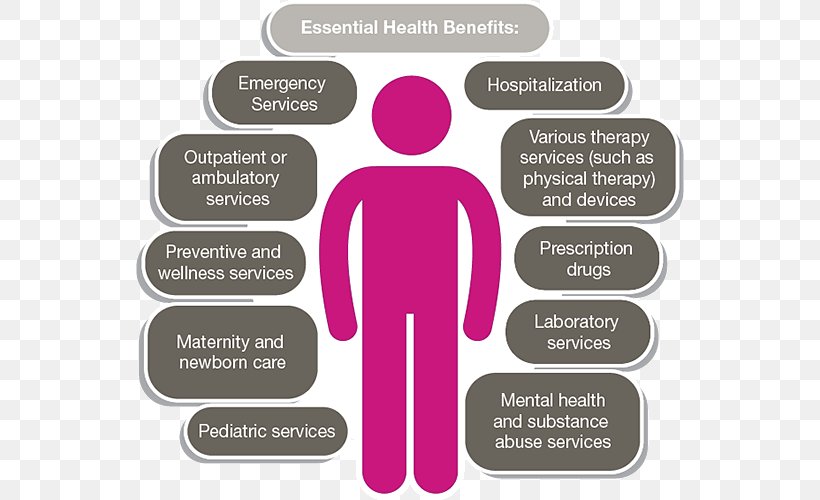The Patient Protection and Affordable Care Act, also known as the ACA or Obamacare, is a healthcare reform law that was passed by the U.S. Congress and signed into law by President Barack Obama in 2010. The ACA has had a significant impact on the healthcare system in the United States, and there are several pros to this law.
One of the primary benefits of the ACA is that it has expanded access to healthcare for millions of Americans. Prior to the ACA, many people did not have health insurance because they could not afford it or because they were denied coverage due to preexisting conditions. The ACA introduced several provisions that have helped to make healthcare more affordable and accessible for these individuals. For example, the ACA established health insurance marketplaces where individuals can purchase private insurance plans at more affordable rates, and it also expanded Medicaid eligibility to cover more low-income individuals. As a result, the ACA has helped to reduce the number of uninsured Americans from nearly 50 million in 2010 to around 27 million in 2020.
Another pro of the ACA is that it has improved the quality of healthcare for many Americans. The ACA has implemented several measures to improve the quality of care that patients receive, such as requiring insurance plans to cover preventive care services at no cost to the patient and promoting the use of electronic health records to improve the coordination of care. The ACA has also established the Center for Medicare and Medicaid Innovation, which is tasked with testing and implementing new models of care delivery that aim to improve the quality and efficiency of healthcare.
A third pro of the ACA is that it has helped to reduce healthcare costs for many Americans. The ACA introduced several provisions that have helped to reduce the cost of healthcare, such as requiring insurance plans to cover a set of essential health benefits, capping out-of-pocket costs for consumers, and implementing delivery system reforms that aim to reduce the cost of care. As a result, the ACA has helped to slow the growth of healthcare costs, and it has also helped to reduce the burden of medical debt for many Americans.
In conclusion, the ACA has had several pros, including expanding access to healthcare, improving the quality of care, and reducing healthcare costs. While the ACA has not been without its challenges and controversies, it has made a positive impact on the healthcare system in the United States.
The Patient Protection and Affordable Care Act, also known as the Affordable Care Act (ACA) or Obamacare, is a United States federal statute that was signed into law by President Barack Obama in 2010. The ACA has numerous provisions that aim to improve the accessibility and affordability of healthcare for individuals and families. Here are some of the pros of the ACA:
Expanded healthcare coverage: One of the primary goals of the ACA is to increase the number of people with health insurance coverage. It does this by providing subsidies to help low- and middle-income individuals and families afford premiums, expanding Medicaid eligibility, and establishing state-based health insurance marketplaces where individuals can purchase private insurance plans. As a result of the ACA, the uninsured rate in the United States has significantly decreased, with more than 20 million people gaining coverage through the ACA's provisions.
Protections for pre-existing conditions: Prior to the ACA, insurance companies could deny coverage or charge higher premiums to individuals with pre-existing health conditions. The ACA prohibits insurers from denying coverage or charging higher premiums based on pre-existing conditions, which has helped millions of people access affordable healthcare.
Improved access to preventive care: The ACA requires most health insurance plans to cover preventive care services at no cost to the patient. This includes things like flu shots, cancer screenings, and other preventive services that can help individuals stay healthy and catch potential health issues early on.
Extension of dependents' coverage: The ACA allows young adults to remain on their parents' health insurance plans until they turn 26, which has helped many young people access healthcare coverage while they are in school or starting their careers.
Increased access to mental health and addiction services: The ACA requires insurance plans to cover mental health and substance abuse treatment, which has helped increase access to these vital services for many individuals who might not have been able to afford them otherwise.
Overall, the ACA has had a positive impact on the healthcare system in the United States, expanding coverage and improving access to care for many individuals and families. While there are still challenges and areas for improvement, the ACA has made significant progress in increasing the affordability and accessibility of healthcare for all Americans.






